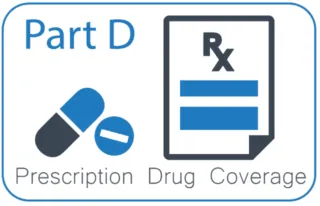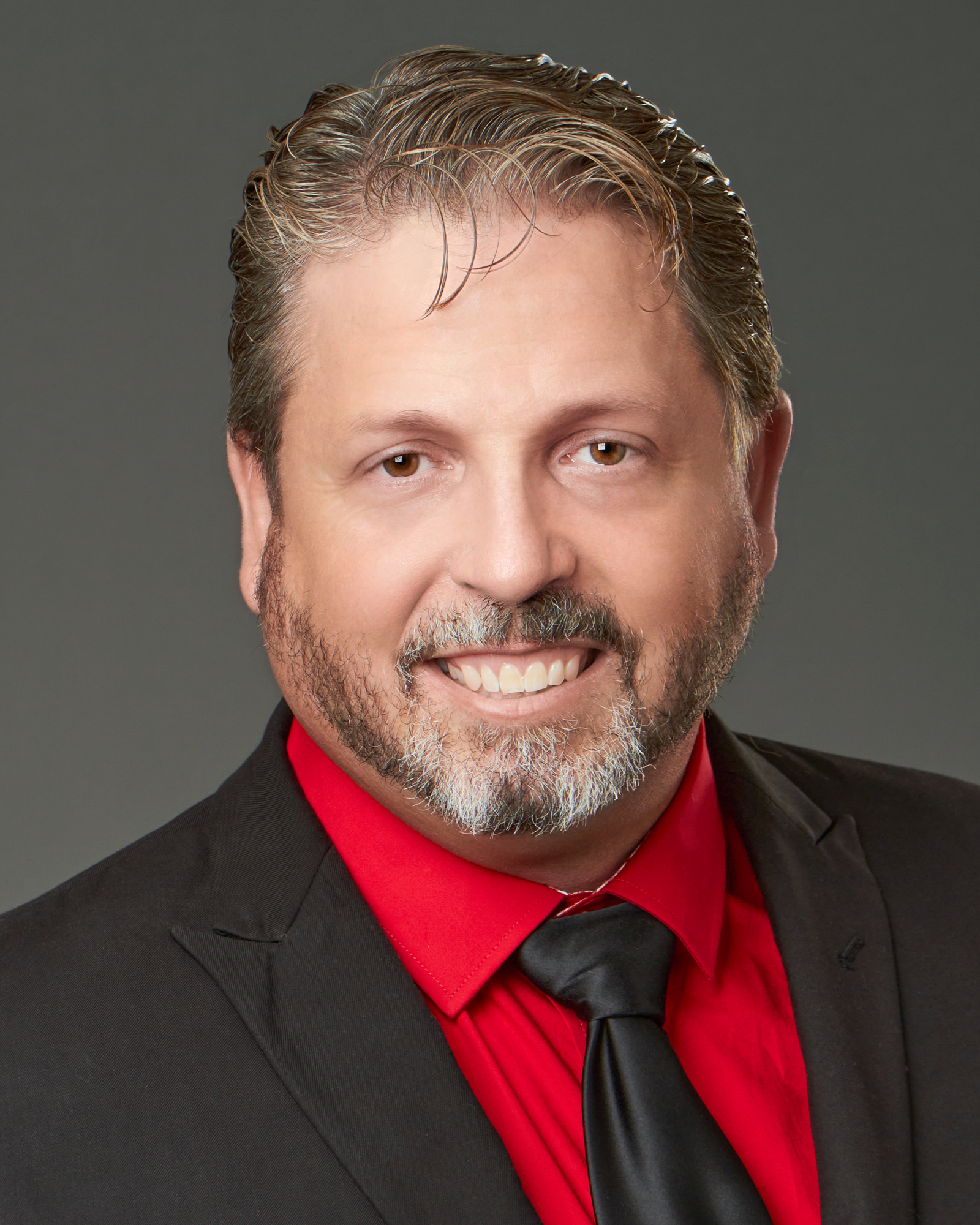
Implementing the Inflation Reduction Act: Key 2025 Medicare Part D Changes
Implementing the Inflation Reduction Act: Key 2025 Medicare Part D Changes
CMS continues to implement and adapt to the Inflation Reduction Act’s (IRA) provisions aimed at making prescription drugs more affordable for consumers, impacting the Part D market. Review the most significant 2025 Medicare Part D changes for your clients!
2025 Part D Redesign Changes
On April 1, 2024, the Centers for Medicare & Medicaid Services (CMS) released the Final Calendar Year (CY) 2025 Part D Redesign Program Instructions, detailing updates for Part D. What’s changing?
The CMS and IRA Part D redesign program updates focus on three main areas: updated beneficiary costs, restructured phases and liabilities (i.e., who pays and when), and modified TrOOP (True Out-of-Pocket) categories. Here’s a detailed look at the changes:
Beneficiary 2025 Part D Cost Updates
These updates reflect CMS’s ongoing implementation of the IRA, including the elimination of the five percent coinsurance in the catastrophic phase in 2024.
Annual Deductible Changes
* The annual deductible will increase from $545 to $590 in 2025, meaning Part D sponsors cannot set a deductible above $590 but may choose to have a lower deductible or none at all. Beneficiaries must pay 100 percent of their covered prescription drug costs until meeting the deductible (if applicable).
Lower OOP Threshold
* Starting in 2025, CMS will cap the Part D enrollee’s out-of-pocket (OOP) threshold at $2,000, reducing the amount clients need to pay before entering the catastrophic coverage phase. Currently, the Part D OOP threshold is $8,000, but this includes certain payments made on beneficiaries’ behalf. The Kaiser Family Foundation (KFF) reports that Part D enrollees taking only brand-name drugs will spend approximately $3,300 of their own money before reaching catastrophic coverage this year, so clients could see savings of about $1,300 in 2025.
Restructured Part D Phases & Liabilities
In 2024, the Part D benefit consists of four phases: annual deductible, initial coverage, coverage gap, and catastrophic coverage. CMS will eliminate the coverage gap phase in 2025, marking the end of the donut hole era. The new structure includes three phases, only two of which require client spending:
Annual Deductible
* Enrollee pays 100 percent of drug costs until the deductible is met.
* Once the enrollee meets the deductible (if applicable), they’ll enter the next phase.
Initial Coverage
* Enrollee pays 25 percent coinsurance for covered Part D drugs.
* Insurance carrier typically pays 65 percent of the cost of applicable drugs and 75 percent of the cost of all other covered Part D drugs.
* Drug manufacturer typically covers 10 percent of the cost of applicable drugs through the Manufacturer Discount Program.
* Enrollee reaches the annual OOP threshold of $2,000 and moves into the next phase.
Catastrophic
* Enrollee pays no cost-sharing for covered Part D drugs.
* Insurance carrier typically pays 60 percent of the costs of all covered Part D drugs.
* Drug manufacturer typically covers 20 percent of the cost of applicable drugs through the Manufacturer Discount Program.
* CMS pays a reinsurance subsidy equal to 20 percent of the costs of applicable drugs and 40 percent of the costs of all other covered Part D drugs.
Here’s a visual representation of the cost breakdown for 2025:

CMS is phasing in the Manufacturer Discount Program for certain drugs over the next several years, with the phase-in for the initial coverage phase occurring from 2025 through 2028 and the catastrophic phase from 2025 through 2030. Part D sponsors must cover the additional cost that would have been covered by the manufacturer discount for any drug subject to the phase-in.
Modified Medicare Part D TrOOP Categories
The IRA also updated the True Out-of-Pocket Cost (TrOOP) for CY2025. TrOOP includes costs the beneficiary pays out of pocket for their prescriptions, along with select other payments made on a beneficiary’s behalf. Premium payments do not count toward TrOOP.
For 2025, the following TrOOP changes will occur:
* Now Included: Payments for previously excluded supplemental benefits provided by Part D sponsors and Employer Group Waiver Plans (EGWPs).
* Now Excluded: Payments under the new Manufacturer Discount Program.
Payments under the Medicare Coverage Gap Discount Program currently count toward TrOOP, but this program will be replaced by the Manufacturer Discount Program. These changes could affect the speed with which clients move through coverage phases since TrOOP determines when clients enter the initial coverage phase, qualify for the Manufacturer Discount Program, reach the annual OOP threshold, and enter the catastrophic coverage phase.
Medicare Prescription Payment Plan
Although clients’ OOP costs will be lower, they’ll still owe up to $2,000 out of pocket. Starting in 2025, Part D enrollees will be able to manage these costs through capped monthly payments with the Medicare Prescription Payment Plan, preventing the need to pay upfront and in full at the pharmacy for their covered drugs.
Manufacturer Discount Program
In 2025, CMS will sunset the Medicare Part D Coverage Gap Discount Program (CGDP) and establish the Manufacturer Discount Program, a necessary move due to the elimination of the coverage gap phase. The IRA reorganized liability between the manufacturer and Part D sponsors, shifting more liability to the manufacturer and away from Medicare in the catastrophic phase. Manufacturers will now cover 10 percent of all applicable drugs in the initial coverage phase and 20 percent in the catastrophic phase, with certain specified and small manufacturers following a discount phase-in period over the next five years.
Part D Creditable Coverage Determinations
CMS is revising the definition of creditable coverage to exclude discounts paid under the Manufacturer Discount Program when determining the actuarial value of the standard Part D benefit and a plan sponsor’s plan. This value should be based on the amount the plan pays and includes the federal reinsurance subsidy in the catastrophic phase. Additionally, while draft guidance suggested the simplified determination methodology would no longer be available for 2025, CMS is allowing plans to use it for CY2025. They are evaluating the continuation or revision of this methodology for CY2026 and beyond.
Part D Premium Stabilization Demonstration Program
On July 29, 2024, CMS announced the creation of a new premium stabilization program to help subsidize the cost of Part D for prescription drug plans as IRA changes take effect. Plan participation in this new program should lead to smaller increases in PDP premiums for 2025 than would otherwise occur.
The Future of Part D
As Part D continues to evolve, everyone involved will need to adapt. Initially, major PDP premium increases and disruption in the Medicare Part D space during the 2025 Annual Enrollment Period were projected. However, plan participation in the new CMS premium stabilization program for Part D is expected to keep PDP premiums more affordable for beneficiaries.
Stay updated on important Part D changes. While other updates are coming for Part D in 2025, these highlights are most relevant for you and your clients. For more information on updates concerning reinsurance methodology, EA benefit design, and more, check out CMS’ Final CY 2025 Part D Redesign Program Instructions Fact Sheet.
